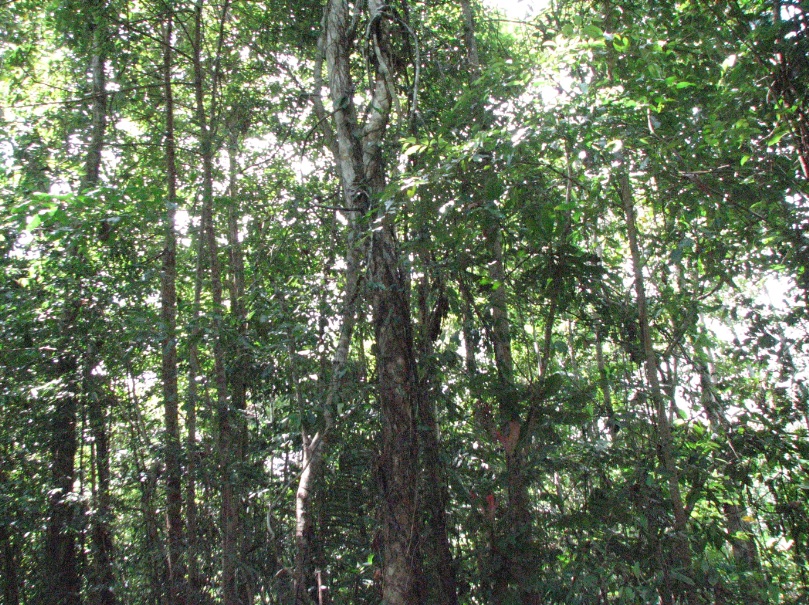How would you advise a regional bank with an agricultural portfolio that is interested in minimizing its exposure to the risks associated to deforestation? What priority actions (no more than 3) would you encourage them to undertake?
Buenos Aires, Argentina. July 10 2019-
I have been asked the following question, below my answer….
How would you advise a regional bank with an agricultural portfolio that is interested in minimizing its exposure to the risks associated to deforestation? What priority actions (no more than 3) would you encourage them to undertake?
Two main differences exist in the Agribusiness sector in Latam: 1. Countries like Brazil and Argentina where the main commodities buyers are big agribusinesses and 2. Countries of the Caribbean, Peru, Colombia, Chile and Mexico where the sector is more atomized, diversified into smaller players.
In the first group, the main players are traders with no perception of their risk to deforestation, as traders, they are not land owners. That is the position they are taking, although there is clearly a responsibility on their shoulders because they are an important indirect driver of deforestation. Having said the above, many of these traders are highly exposed to deforestation risk, although in their sustainability reports this is not shown. The second group is diversified in smaller players, in many cases players that depend on deforestation for their survival.
In both case scenarios, I believe that the main actions a financial institution with an agricultural portfolio interested in minimizing its exposure to the risks associated to deforestation should take are:
- Scan data from customers in the chain: First of all, build team with capacity and understanding of the sector. Utilize big data and geospatial technology. There are new tools being developed that enable financial institutions to see their exposure to natural capital risk. Have in mind that nothing of the above will be useful if the institution does not count with experts in the matter. Building capacity inside the institution is vital (E.g.: if you know where are the gathering/ collection sites of commodities of big traders you can easily assess the risk, unbelievable that information is still available on traders websites, which denotes that sustainability is still managed by marketing department with only a communicational interest) Once you have the experts and the correct information of the clients chain, go to B
- Review all letters of credit issued in Agricultural commodities: Information from point A plus reviewing all letters of credit issued in Ag commodities will give the financial institution a clear idea of their exposure to risk.
- Find gaps, review actions and roadmap
